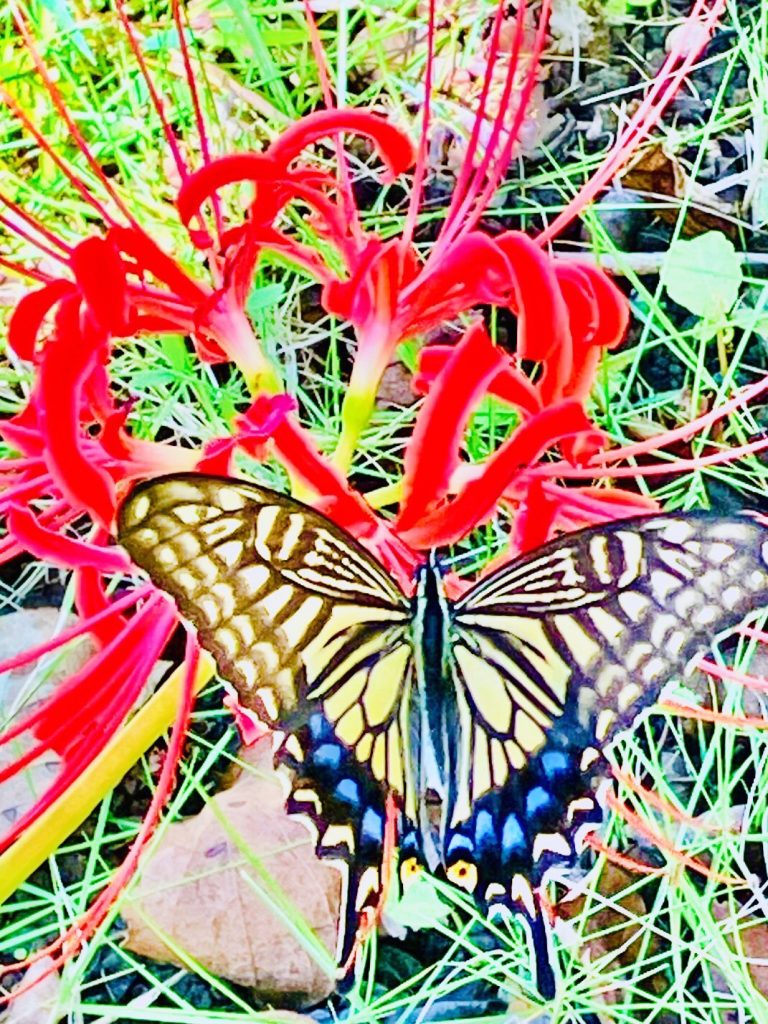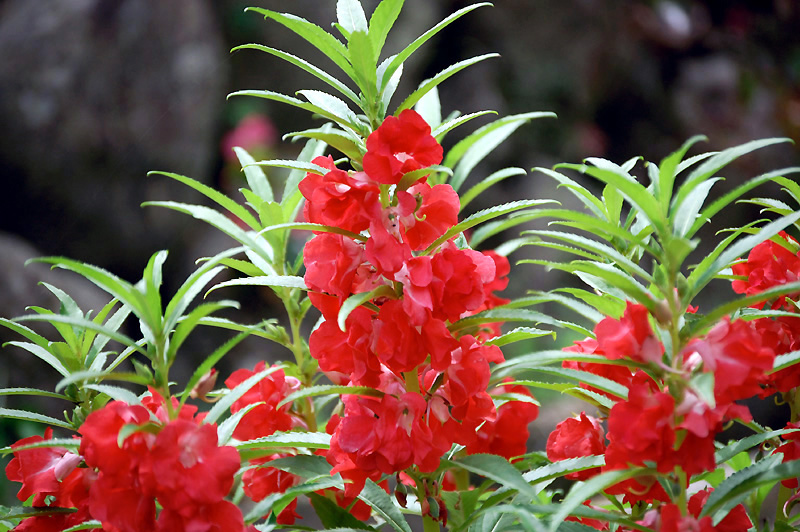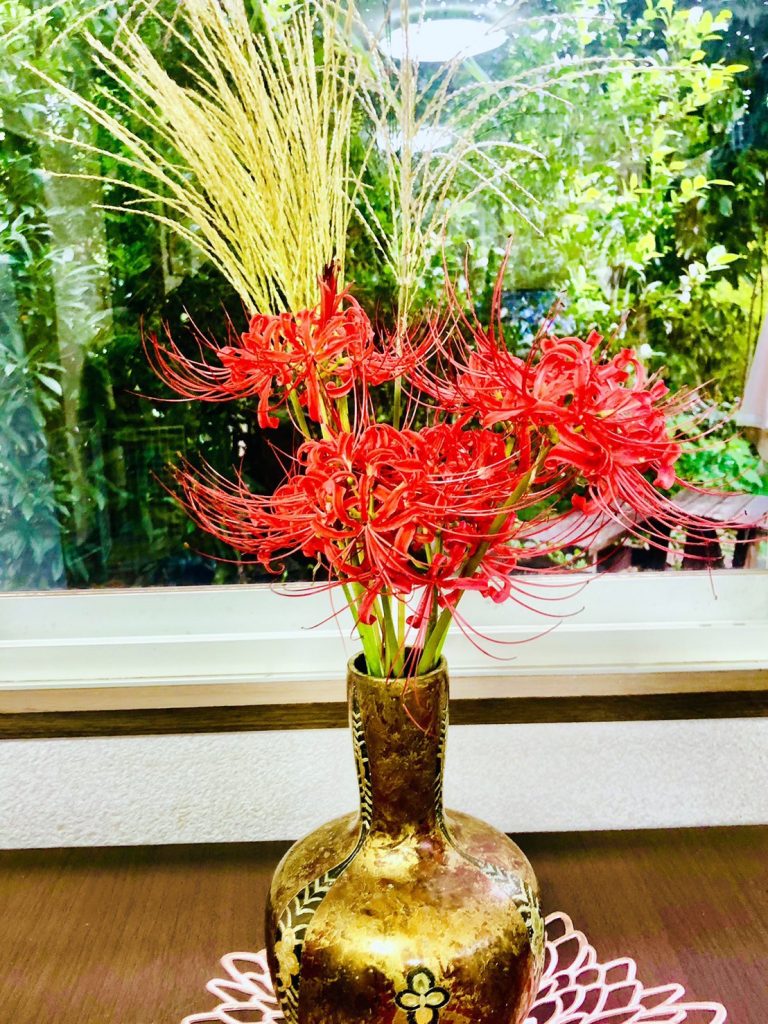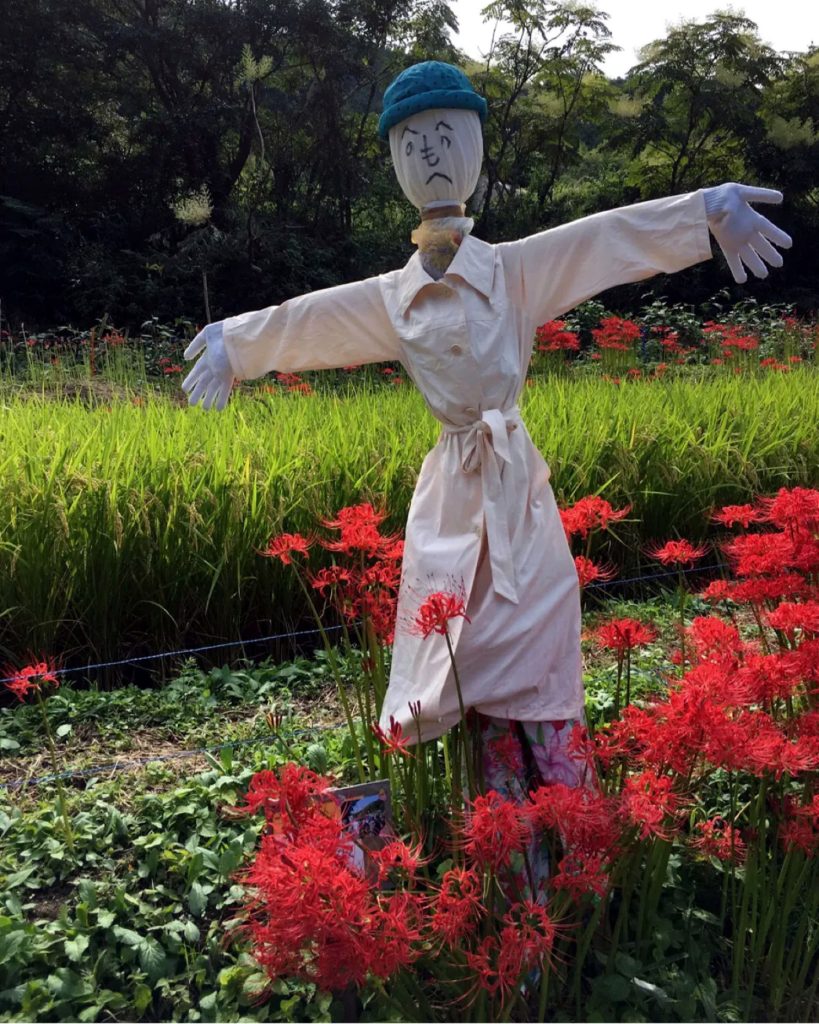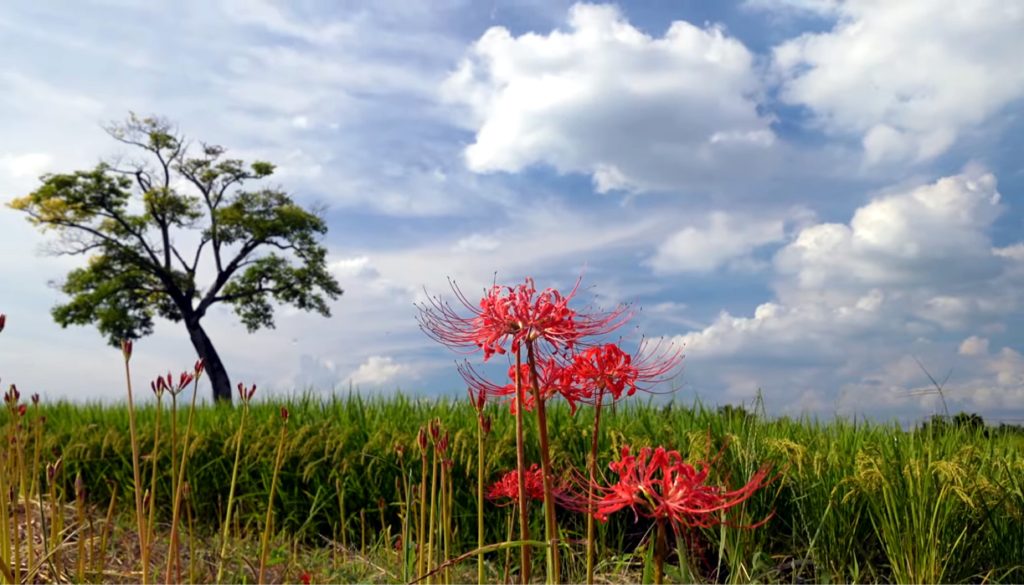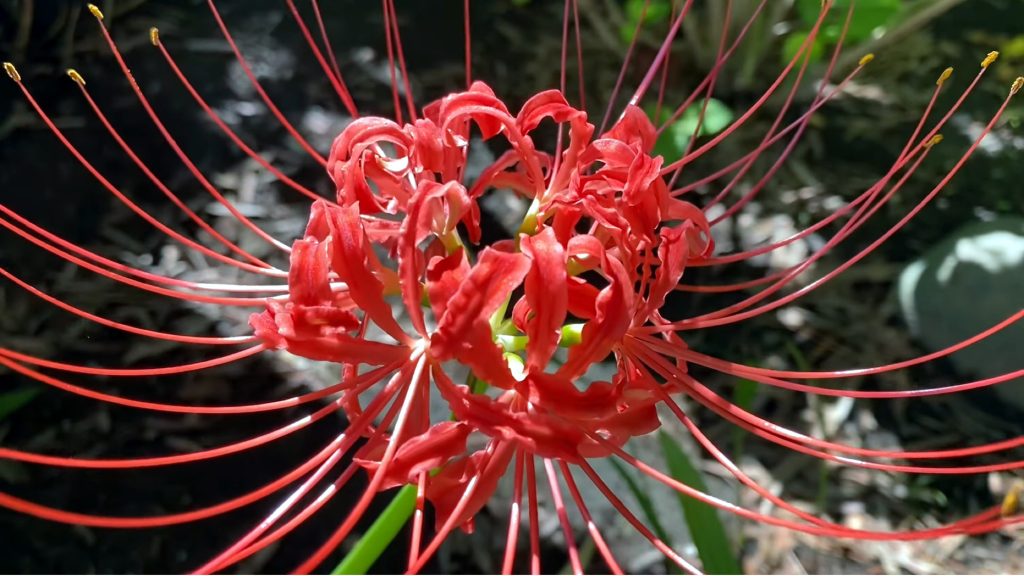
On July 20, 1969, the American lunar module Apollo 11, named ‘Eagle,’ landed on the moon. Captain Neil Armstrong left the first human footprint on the lunar surface, followed by the lunar module pilot Buzz Aldrin, who left the second footprint. This event took place 54 years ago. Apollo 11 became the name associated with the historic mission that successfully landed humanity on the moon for the first time, leaving an indelible mark in history.
During the late 1950s to the early 1960s, the United States and the Soviet Union were in the midst of the Cold War. In the midst of this rivalry, on October 4, 1957, the Soviet Union launched the world’s first artificial satellite, Sputnik 1, shocking the world and particularly the United States. In response, the United States initiated “the Mercury program” to put humans into Earth’s orbit. However, on April 12, 1961, amid these efforts, the Soviet Union successfully launched Yuri Gagarin into Earth’s orbit aboard Vostok 1, marking the world’s first human orbit. It was another blow to the wounded pride of Americans who had been shocked by the Sputnik moment.
Apollo 11 was the event that allowed the United States to catch up with and surpass the Soviet Union. Reflecting on this while gazing at the Mid-Autumn Festival’s full moon, I couldn’t help but feel a sense of disappointment about the self-rihteous decline of Russia, which had once played a pioneering role in humanity’s journey.
1969年7月20日、アメリカの月着陸船アポロ11号「イーグル」が月に着陸しました。そして、船長のニール・アームストロングが人類で最初の足跡を月面に刻み、続いて月着陸船操縦士のバズ・オルドリンが二人目の足跡を刻みました。今から54年も前の出来事です。アポロ11号は史上初めて人類を月に着陸させることに成功したミッションの名称となり、歴史にその名を残すことになりました。
1950年代後半から1960年代前半にかけて、アメリカ合衆国とソビエト連邦(ソ連)は冷戦の最中にありました。そうした中、1957年10月4日、ソ連が世界初の人工衛星スプートニク1号を打ち上げ、世界中が驚いたのはもちろん、一番ショックを受けたのはアメリカです。直ちに、人を地球周回軌道に乗せる「マーキュリー計画」に着手しました。しかし、その最中の1961年4月12日に、ソ連はユーリイ・ガガーリンを乗せたボストーク1号を打ち上げ、史上初めて人を地球周回軌道に乗せることに成功したのです。スプートニク・ショックで傷ついたアメリカ人の自尊心に追い打ちをかける形となりました。
アポロ11号は、アメリカが初めてソ連に追いつき、追い越した出来事だったのです。中秋の名月を見ながらそんな追想をし、人類の先駆的役割を果たしたソ連、今のロシアの独善的衰退ぶりに残念な思いが募りました。


